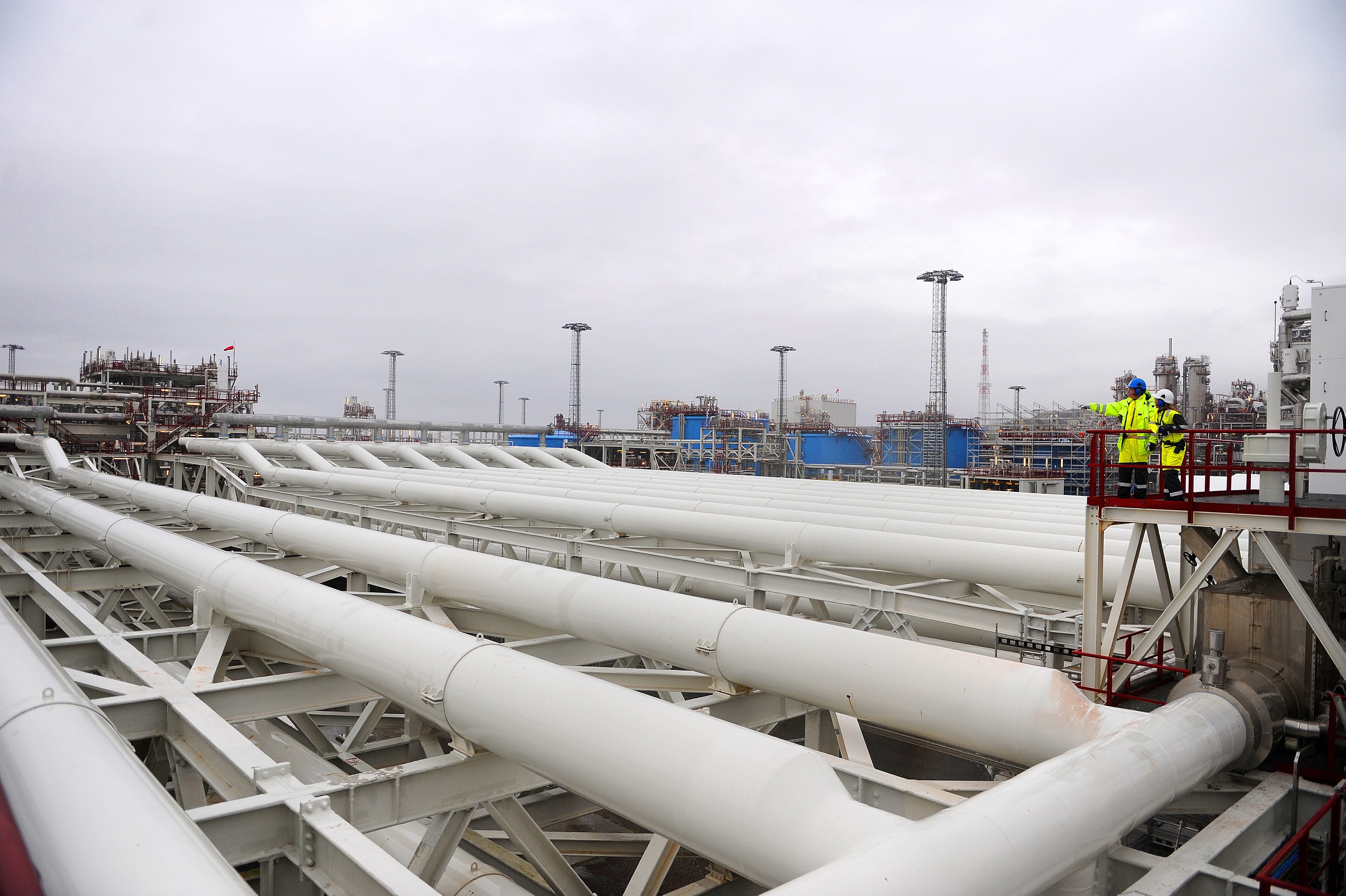In the broadest sense, the Petroleum Safety Authority's work is to ensure that the industry works hard to prevent anyone from being injured or losing their lives, that spills do not occur and that property is not lost.
Risk-based
The supervision arrangement on the Norwegian continental shelf is based on the belief that the authorities can not "inspect" quality into the industry. It is the industry itself that is responsible for ensuring that operations are carried out properly and in accordance with regulatory requirements. And it is the industry itself that must achieve and maintain quality.
The Petroleum Safety Authority's (PSA) priority is to follow up the activities associated with the greatest risk, and primarily assesses the companies' own systems for managing operations. The PSA emphasizes dialogue between the stakeholders in the operations, and the industry therefore has several important forums for tripartite cooperation.
Comprehensive legislation
The HSE regulations in Norway apply to the entire shelf. The regulations specify the safety level the companies must achieve, not what they must do in detail to meet the requirements.
In practice this means that special natural conditions in some areas, such as the Barents Sea, may require dedicated technical solutions. It is up to the companies themselves to arrange for this.
Important role
The PSA's monitoring encompasses complex organizations, advanced technology and tens of thousands of employees in a variety of small and large companies.
On the Norwegian continental shelf there are currently over 75 permanent facilities and more than 40 mobile units. On land there are eight major petroleum plants. Supervisory responsibility also includes around 300 subsea devices and approximately 14,000 km of oil and gas pipelines.
Supervisory responsibility includes the entire life cycle of the petroleum industry, from exploration, development and operation to decommissioning and removal. In theory, the PSA's responsibility includes all licensees, operators, contractors and owners in the petroleum industry.
Obviously, supervising everywhere and everyone in one year is impossible. Nor should this be necessary. The PSA's main task is to ensure that the companies themselves take responsibility.
Two sides of the same coin
Supervision involves much more than audits offshore or onshore. Supervision is the totality of contact between the agency and the supervisory objects, and includes all activities that give the PSA the necessary basis to determine whether companies take responsibility to conduct appropriate operations – in all phases of operations.
Supervision includes investigations, processing of applications for consents and meetings with the industry.
Spot checks
A key part of supervision activities is also audits and verifications, which means going into the field. To see with one's own eyes is a very important part of efforts to monitor safety, emergency preparedness and the working environment in the petroleum industry. Practice do not always go hand in hand with theory.
The vast scale of the industry means that an inspection by the PSA can never be more than a spot check.
The supervision scheme is based on trust. The authorities must be able to trust that companies live up to their responsibilities. And companies must operate in a trustworthy manner.
Online
Most of the PSA's supervisory activities are published at www.ptil.no. Audit reports, consents, compliance statements, investigation reports and circulars are posted there.
The system of "online supervision" aims to highlight the activities and priorities and makes it easier for players in the industry to use the information for learning and the transfer of experience. The articles are published in both Norwegian and English.
Reducing risk
An audit can point out regulatory violations, or areas where the PSA believes there is potential for improvement.
This is pursued with those responsible after the audit. As the responsible authority, the PSA has a number of instruments at its disposal. From dialogue through orders to the more rarely used; demands for closure, fines and, ultimately, recommended exclusion from petroleum activities.
The aim of the instruments is never to punish or identify scapegoats, but to ensure that action is taken to bring operations in line with regulatory requirements. And reduce risk as far as possible.
